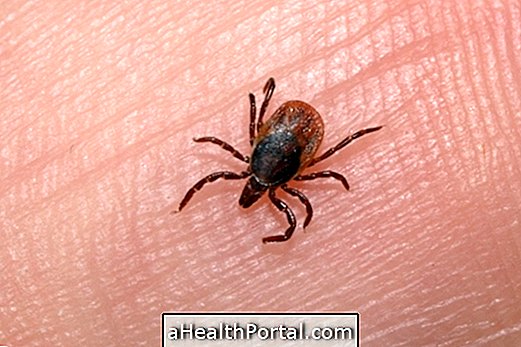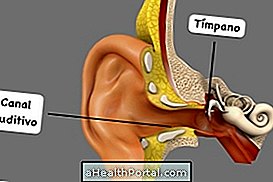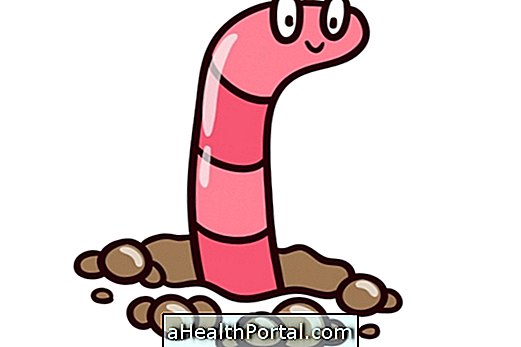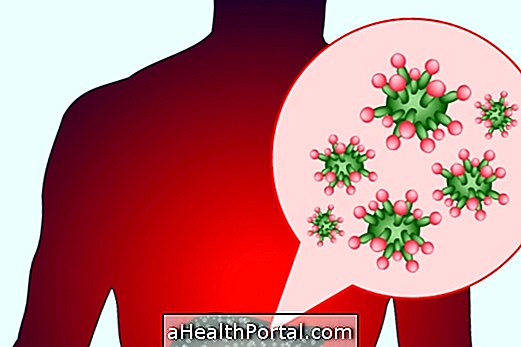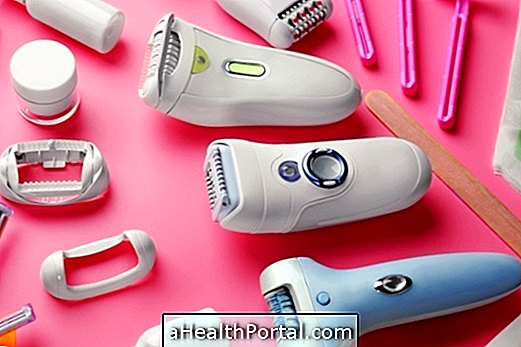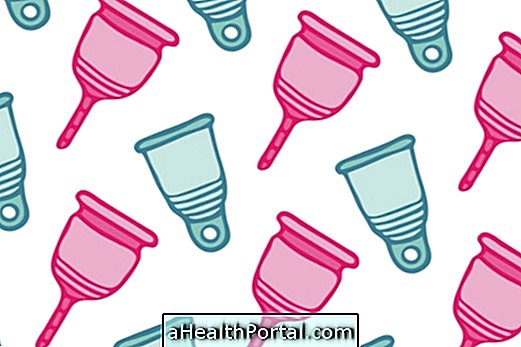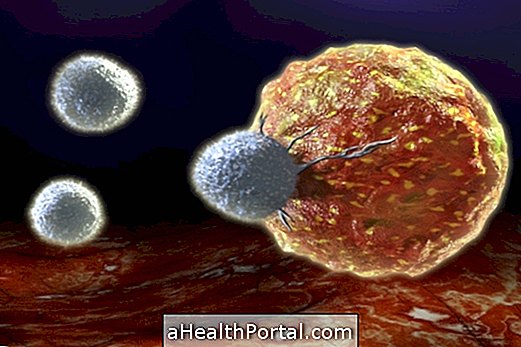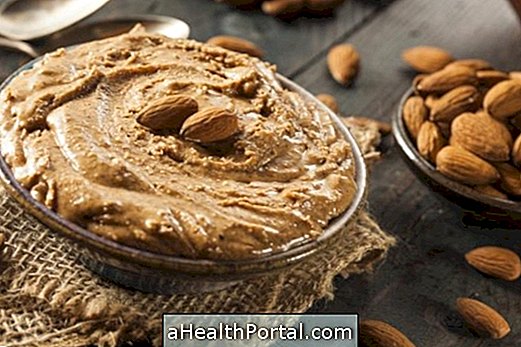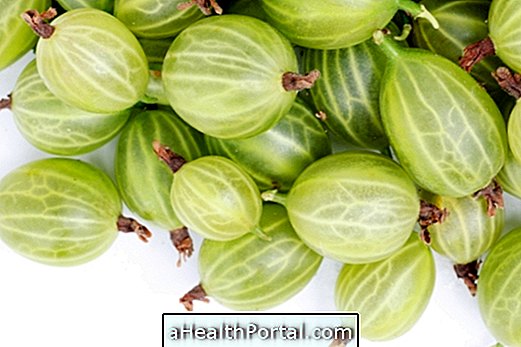The paronychia, or panicle, is an infection that occurs in the skin around the nail, which usually starts due to a skin injury, such as a traumatic manicure action, for example.
The skin is the natural barrier against microorganisms, thus, any injury can favor the penetration and proliferation of fungi and bacteria, for example, leading to inflammation symptoms such as redness, swelling and local pain. In addition to the symptoms of inflammation, in the paronychia there may be a presence of pus below or near the nail.
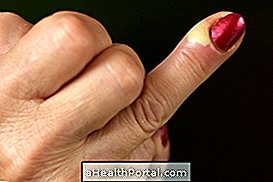

Main causes
The paronychia can be due to a traumatic injury done by the manicure when "taking a steak", biting the nails or pulling the skin around, use of medications and frequent and direct contact with chemical substances such as cleaning products and detergent, for example .
Symptoms of the paronychia
The most characteristic symptom of the paronychia is the inflammation around one or more nails that manifests itself through heat, redness and pain, usually pulsating, in the inflamed area. In addition, there may be pus under or near the nail.
Symptoms may appear hours after the finger injury or slow progression. Thus, the paronychia can be classified in:
- Acute paronychia, in which symptoms appear hours after the finger injury near the nail, the symptoms are very clear and usually disappear within a few days when treated. This type of paronychia usually occurs by penetration and proliferation of bacteria in the injured region.
- Chronic paronychia, whose symptoms develop slowly, the signs of inflammation are not so intense, it can occur on more than one finger, there is usually no pus and is often associated with the presence of fungi. The chronic paronychia disappears after weeks after the start of treatment.
According to the characteristics of the paronychia, the dermatologist can make the diagnosis and indicate the best treatment.
How is the treatment done?
Treatment of the paronychia is indicated by the dermatologist and can be done with antibiotics, corticosteroids or antifungal depending on the characteristics and cause of the inflammation. In some cases it may be necessary to perform the drainage of the lesion to avoid other infections and prevent the healing process from being faster. The drainage is done in the doctor's office through a small incision in the place with the aid of a scalpel.
In addition, it may be recommended by the dermatologist to perform compress with warm water at the infected site, in addition to performing adequate hygiene of the place.
To prevent the occurrence of paronychia, it is important to avoid biting the nails or pulling the skin around, avoid cutting or pushing the cuticles and, in the case of people who are in contact with chemicals, wear rubber gloves, so the lesions may be avoided.
